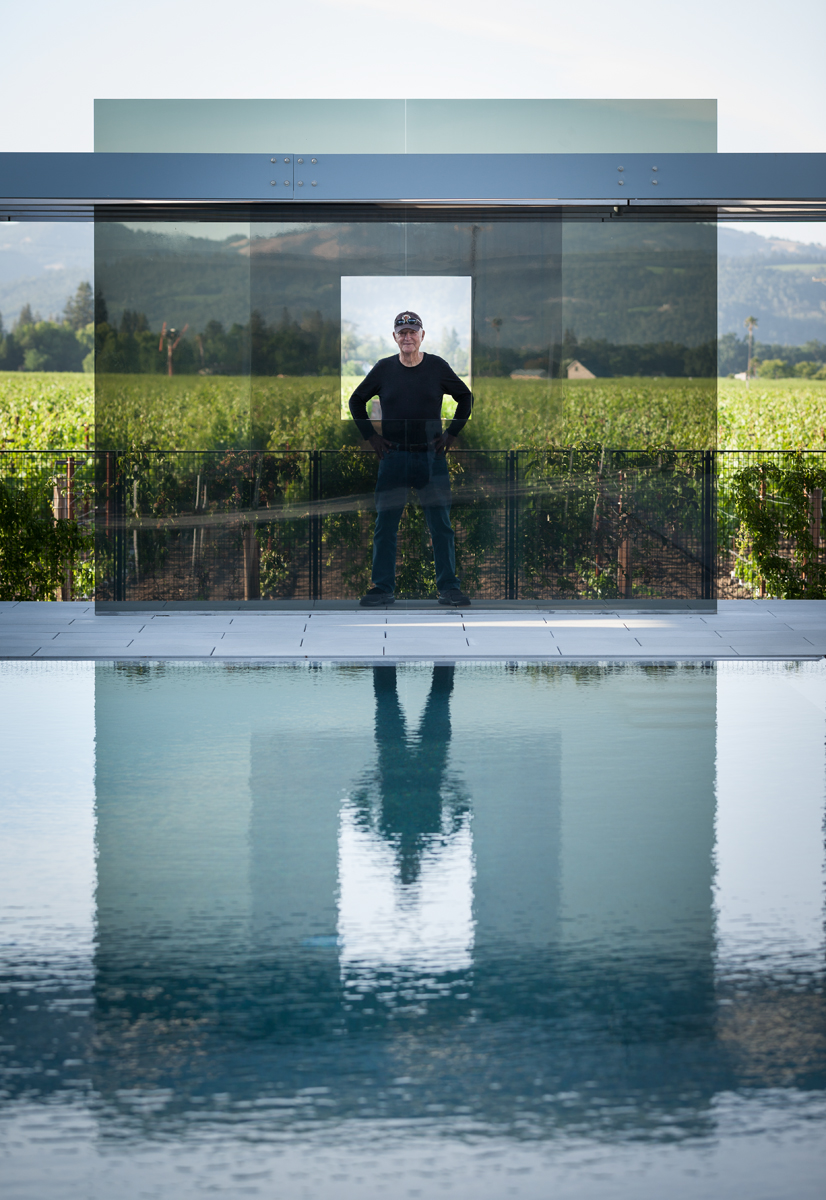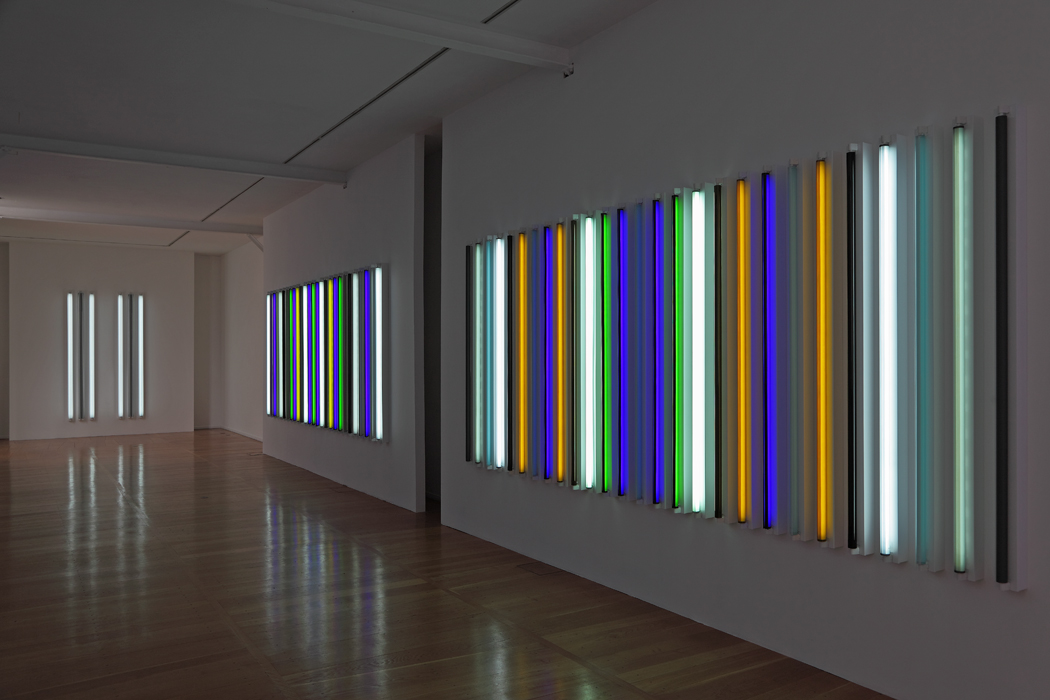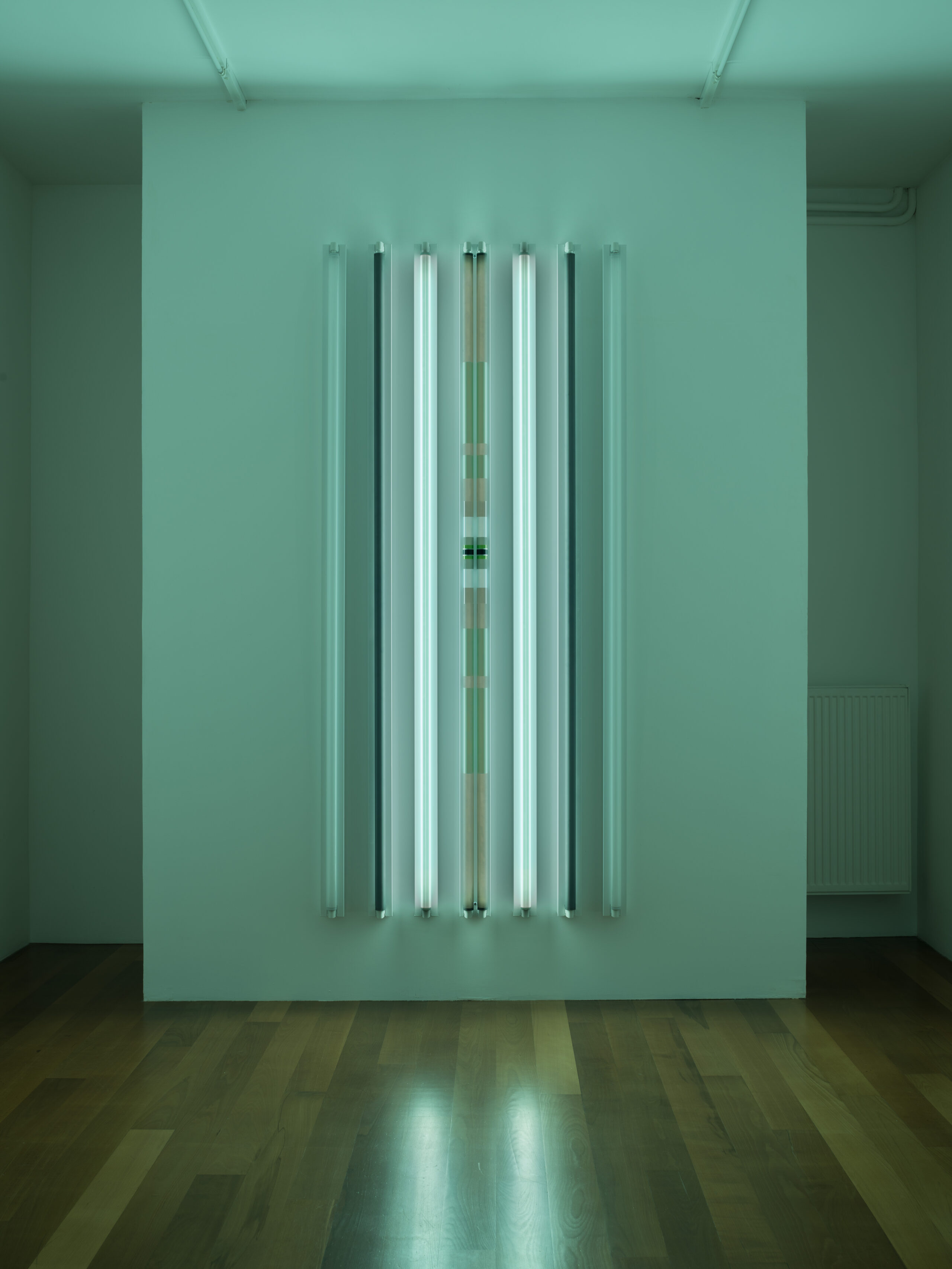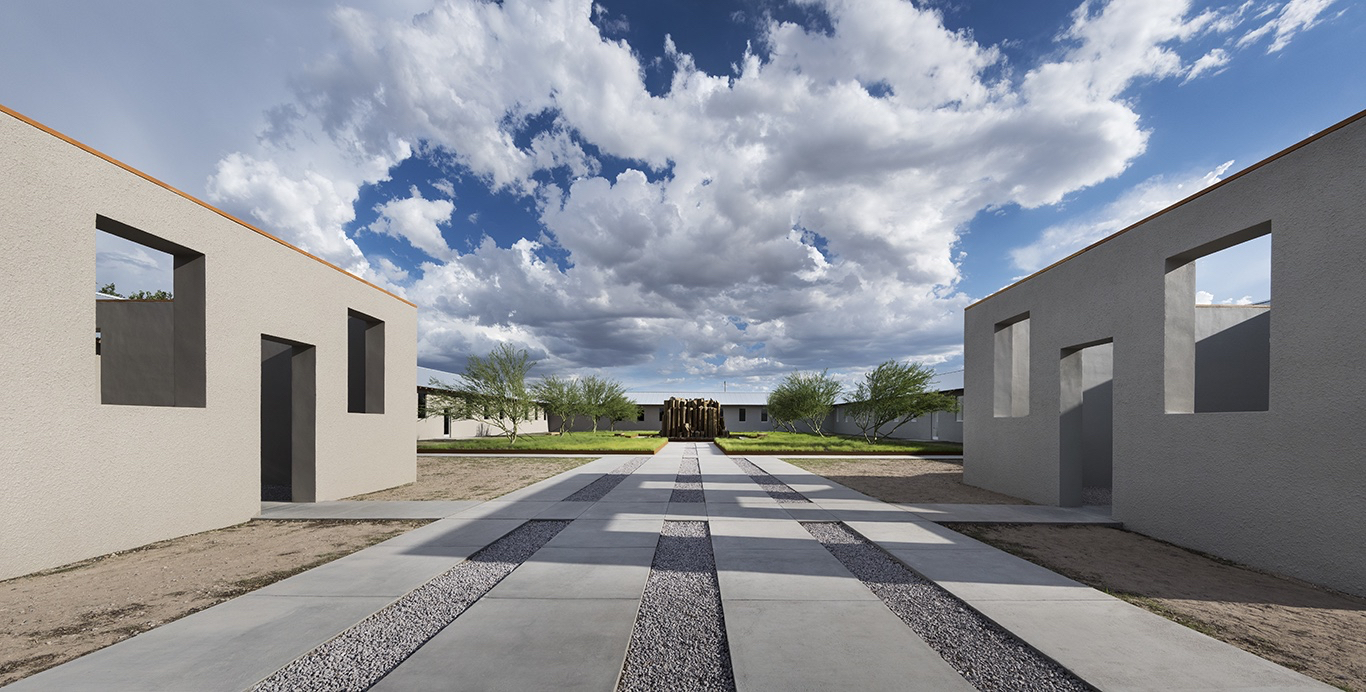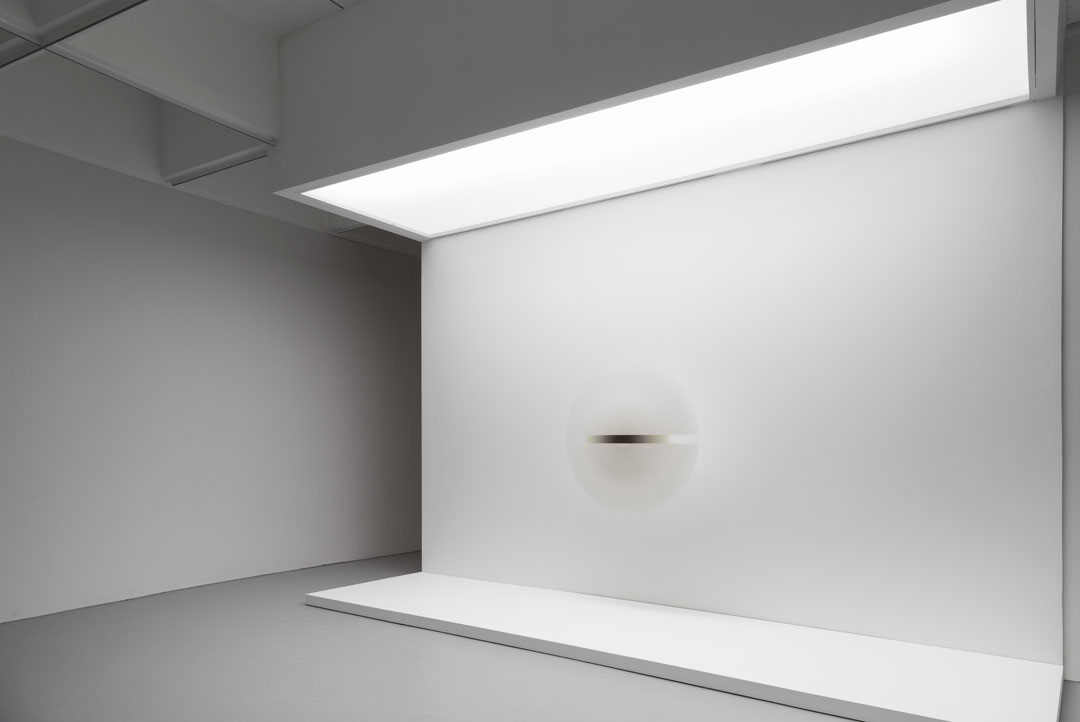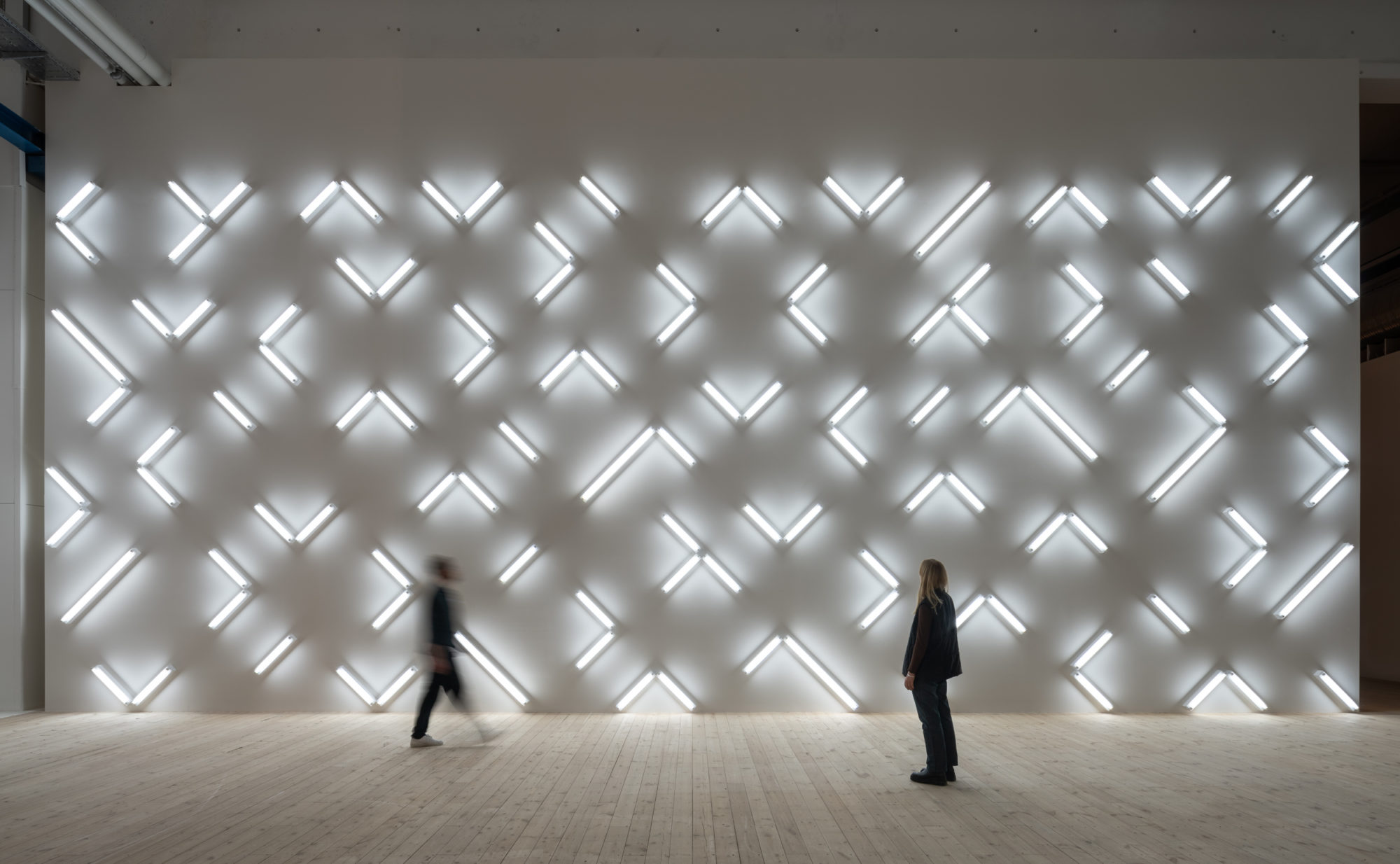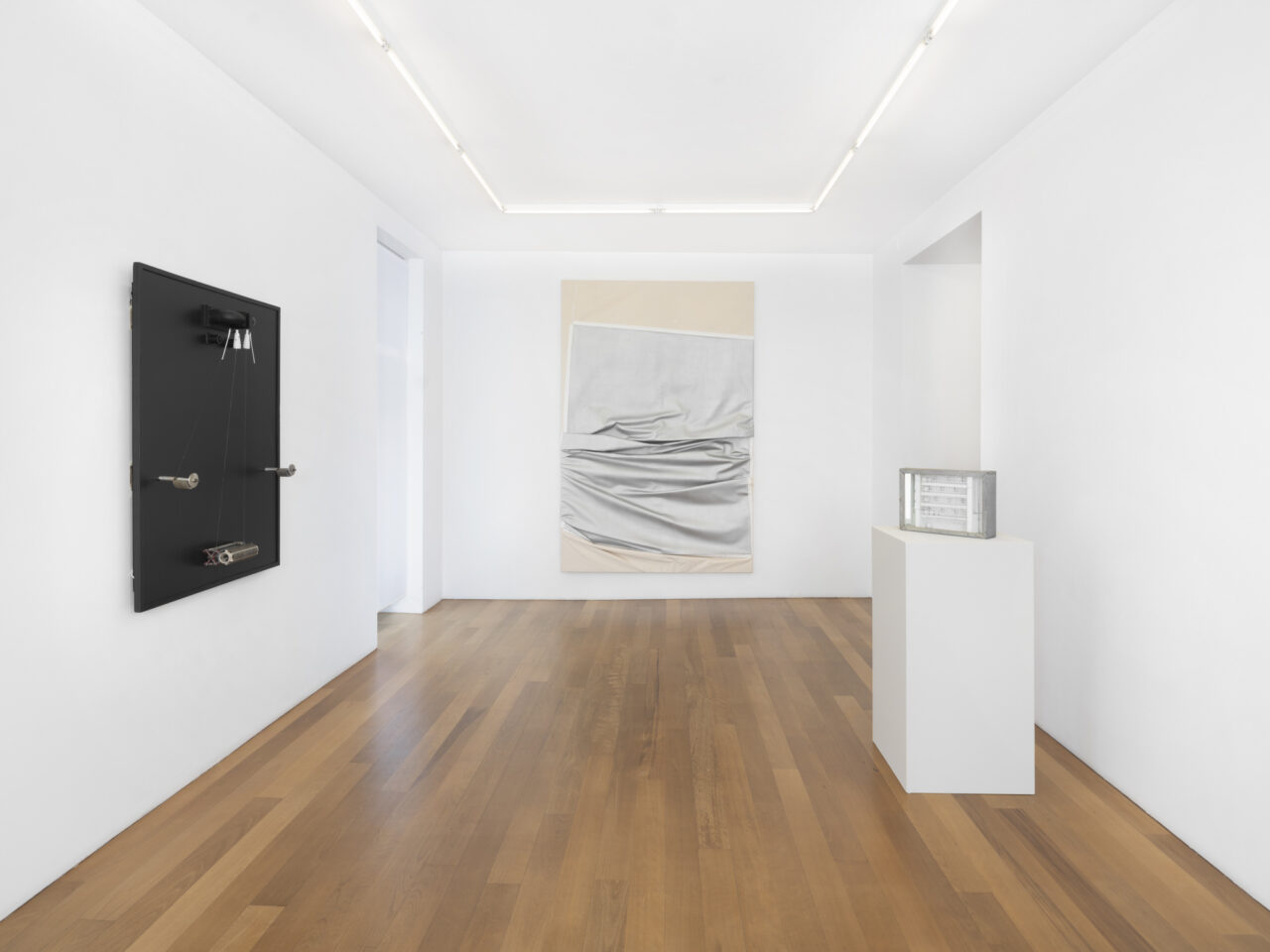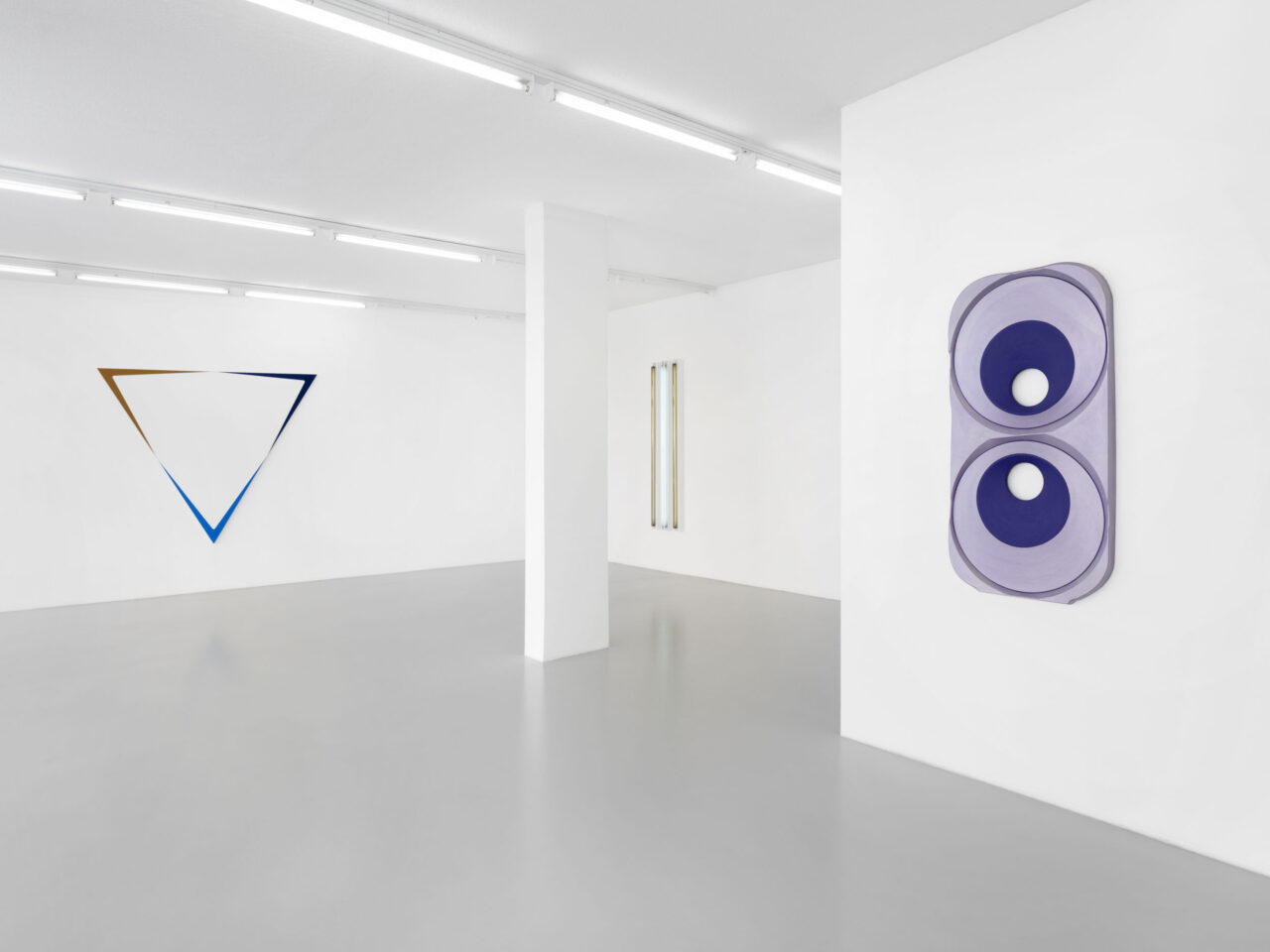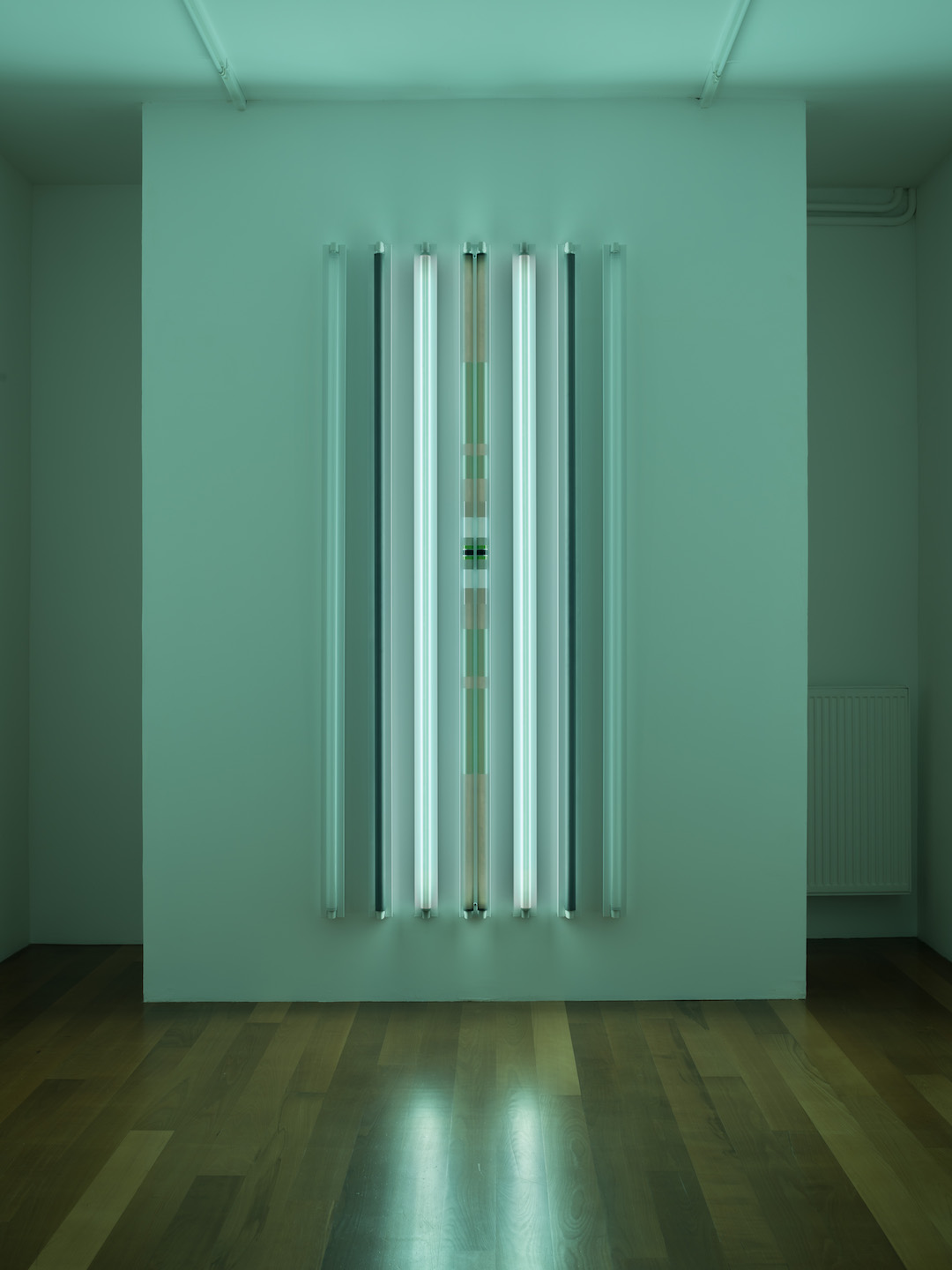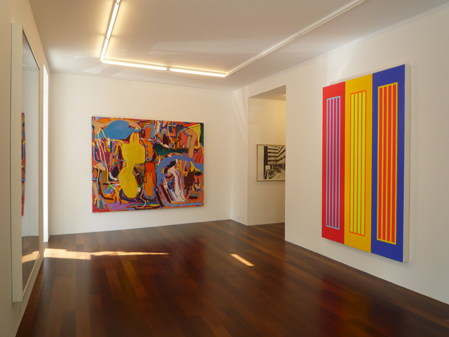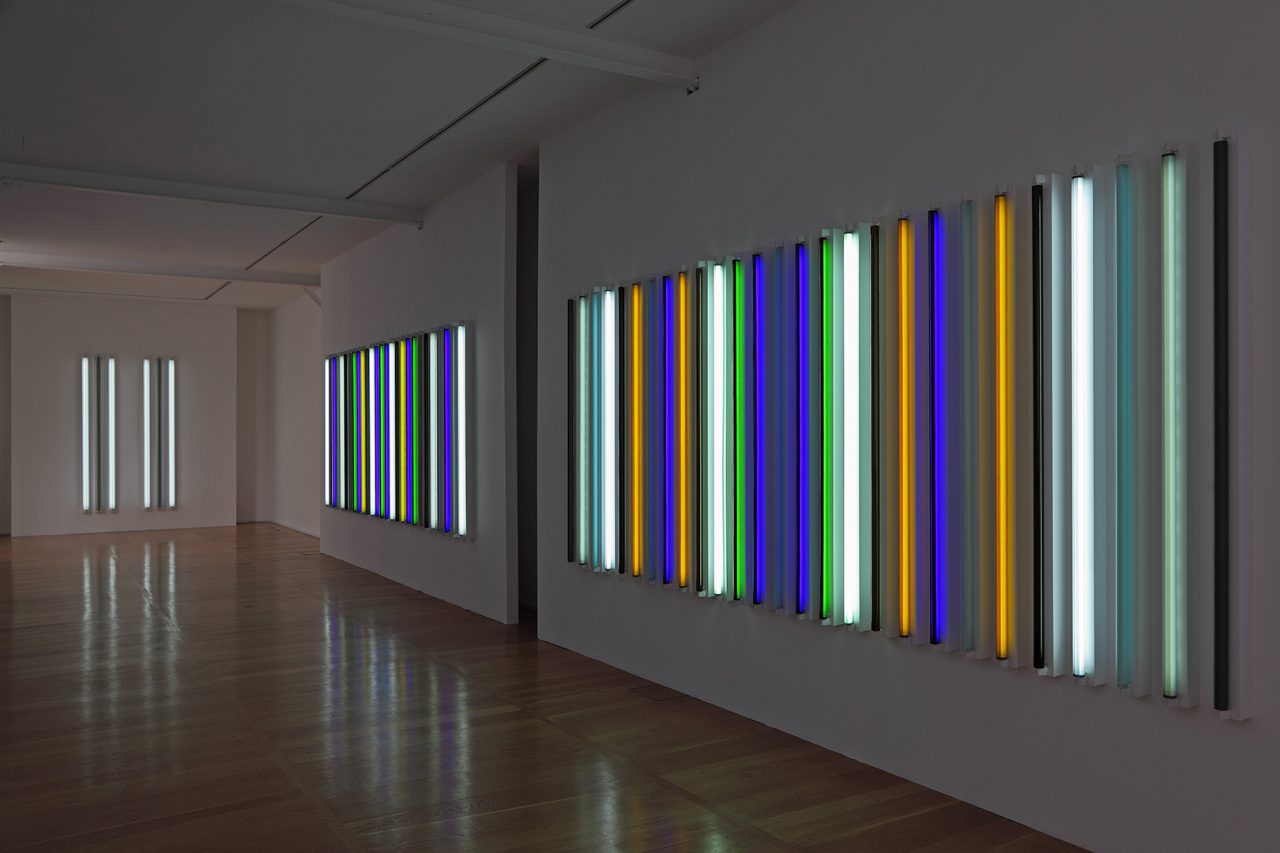In Memory of Robert Irwin
News
25.10.23
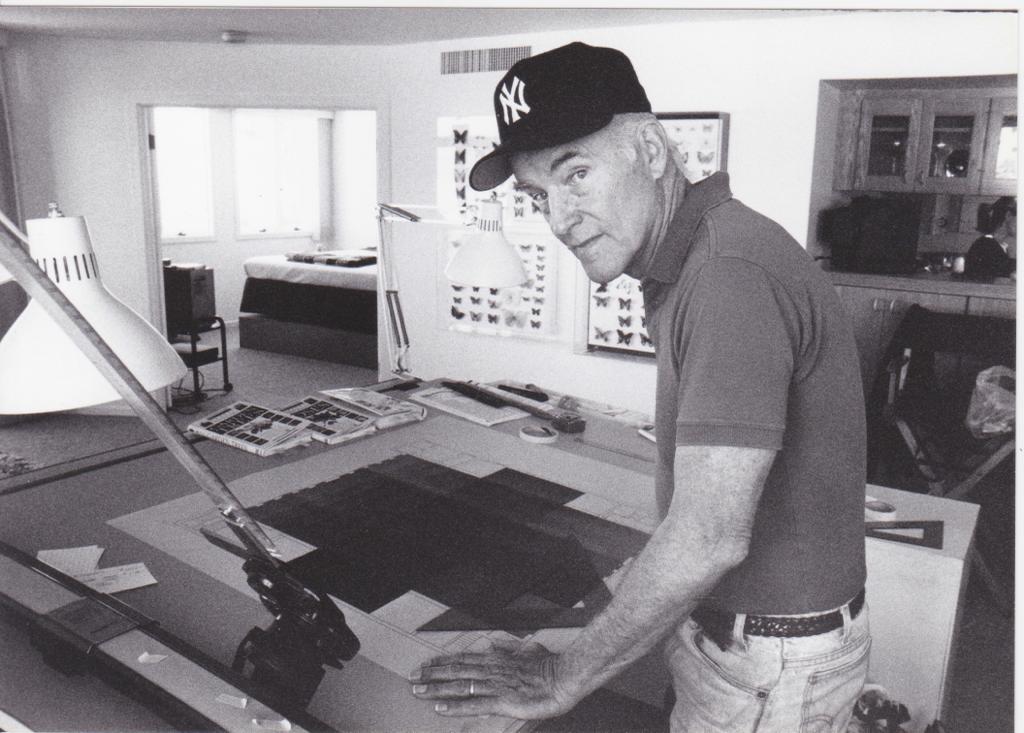
With deep sadness, we announce the passing by of Robert Irwin on October 25 at age of 95.
Pioneering figure of the Light and Space movement and one of the most significant and influential artists of the 20th century, Robert Irwin believed in an art that awakens the viewer to a new perceptual awareness, to help us “discover and value the potential for experiencing beauty in everything.”
The intense presence of the Robert Irwin’s works is not reduced to a formal apprehension of lighting systems; the entire space is impregnated with this harmony of colorful phenomena and natural light. His installations do not seek to provoke spectacular effects, but they remain open to the sensitivity and perception of everyone, allowing as many perceptions of the work as many eyes are there to see it.
A great theoretician, his work is inseparable from his brilliant reading of art history and modernity: according to him, we haven’t yet dealt with the fundamental questions raised by modernity. His theses are imbued with philosophy and with a strain of phenomenology in particular that, from Husserl to Merleau-Ponty, doesn’t disassociate thought from perception and easily frees itself from presumptions and foregone conclusions in order to reexamine questions of art, science and history.
The works of Robert Irwin have been expanding into projects of considerable scale. In a broad sense, these works grapple with the artist’s role in society. Irwin imagines and produces gardens, such as the famous ones at Getty Museum, in Los Angeles, and the “Palm Garden” at LACMA. In addition, he converts architectural spaces, like that of the DIA Beacon in New York, and he has made plans to harness public spaces, such as the Miami International Airport.
Robert Irwin also explores the interplay between light and color, and reminds us of the painter he was in the beginning of his career. More to the point, Irwin manipulates the way that color emitted from fluorescent tube lights shines and disseminates through space by playing with the chromatic rhythms as well as the syncopated oscillation of color hues, of temperatures and light densities. Robert Irwin’s art is constantly in dialogue with the mind of the spectator – a consciousness of the world, free from all prejudices, which has been broadened by life experiences and a sense of perception that gives equal status to feelings and intellect, to beauty and truth.
Robert Irwin was introduced to Renos Xippas by Pace, his historical gallery, in 1990. Since then, the gallery Xippas collaborated on a number of projects with Irwin, dealing with the artist’s most favored subjects such as notions of essence and purity, through the use of light and color.
“I remember vividly our discussions when we enjoyed our private visits of Monet’s gardens in Giverny. Irwin always pondered on aesthetics and scientific concepts revolving around what constitutes our environment: light, space and color. Feeling came before thinking he used to say. This approach inspired many. It led to ground breaking projects such as the Getty Museum one but also created unprecedented levels of enthusiasm for the projects we worked on.
My deepest condolences go to his wife Adele, his daughter Anna Grace and of course his devoted team.”
— Renos Xippas
-
![Robert Irwin napa]()
Robert Irwin
-
![Robert Irwin xippas Paris 2010]()
Robert Irwin, Way out West, exhibition view, Xippas Paris, 2010.
-
![ROBERT IRWIN: AT XIPPAS CONTEMPORARY ART, GENEVA, SWITZERLAND, 2]()
Robert Irwin, exhibition view, Xippas Geneva, 2015.
-
![2 - Vue d'installation extérieure “Untitled (dawn to dusk)“, The Chinati Foundation, Texas, Etats-Unis]()
Robert Irwin, Untitled (dawn to dusk), installation view
The Chinati Foundation, Texas, Etats-Unis -
![Installation view of Untitled, 1969, in Robert Irwin: All the Rules Will Change at the Hirshhorn Museum and Sculpture Garden, 2016. Artwork © 2016 Robert Irwin / Artists Rights Society (ARS), New York]()
Robert Irwin, Untitled, 1969,
Installation view, The Hirshhorn Museum and Sculpture Garden, 2016.
© Robert Irwin / Artists Rights Society (ARS), New York -
![Light-and-Space_Copenhagen-Contemporary_07_Photo-by-David-Stjernholm-2000x1234]()
Robert Irwin, Light and Space (2007). Collection Museum of Contemporary Art San Diego; Museum purchase with funds from the Annenberg Foundation, 2007 © Robert Irwin. Light & Space Copenhagen Contemporary, 2021.
Photo: David Stjernholm
